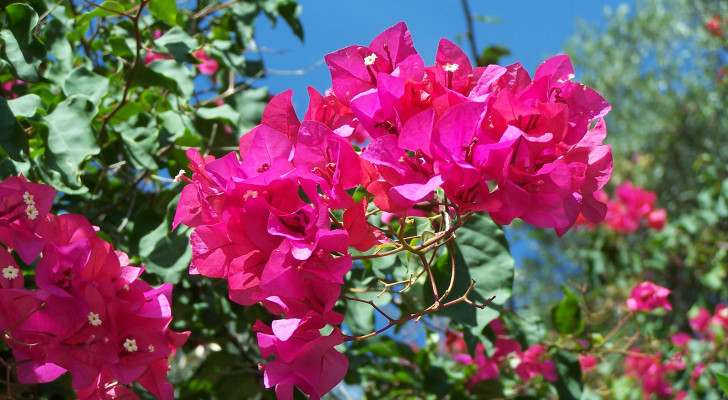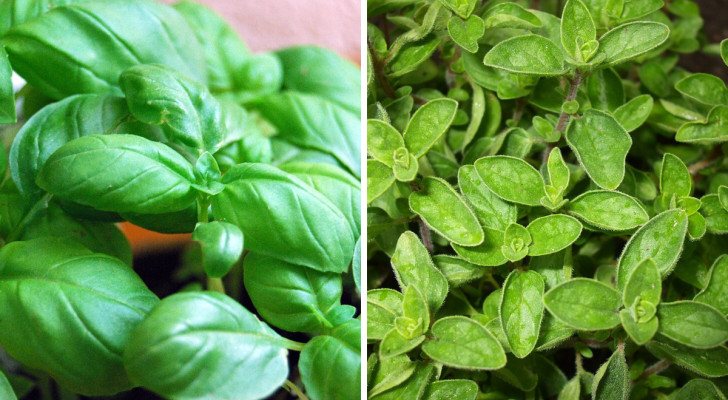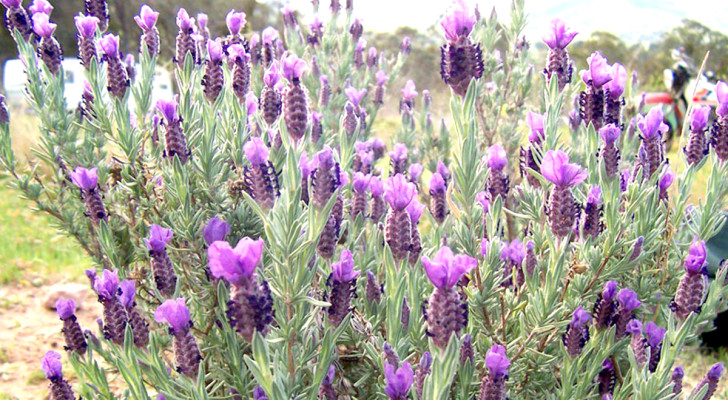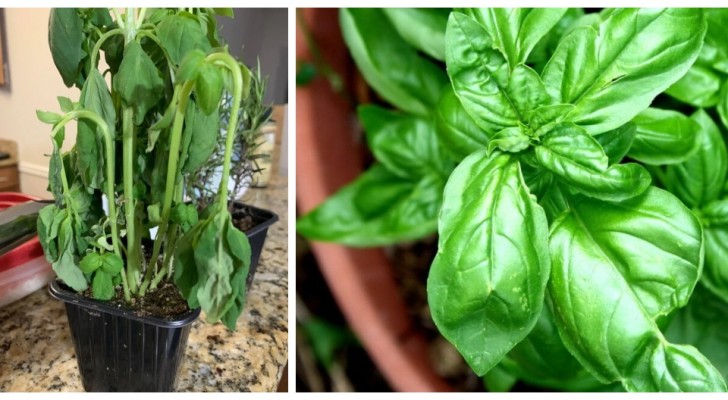Lilies of the Valley: let's find out how to cultivate this enchanting plant, in a pot or in the garden
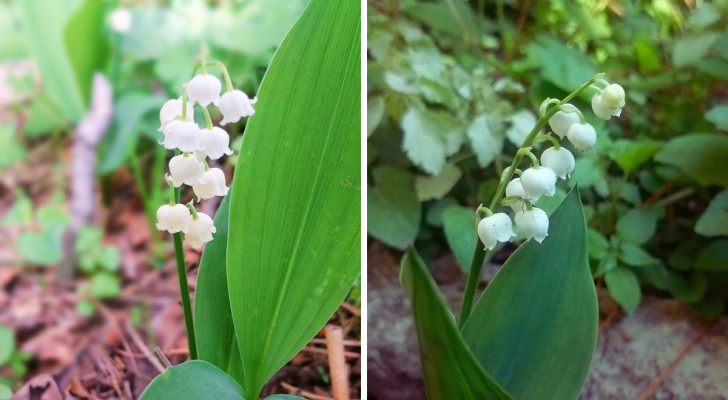
With its small flowers that look like little, white bells swinging delicately in the breeze and hanging from slightly curved stems, Lilies of the Valley (Convallaria majalis), are perennial, herbaceous plants, which appear in spring in the woods and the shaded areas of gardens. That said, these plants can also be grown at home in flower pots and planters. Let's find out how to do this:
Cultivating Lilies of the Valley

Creativo
Lilies of the Valley are considered ground cover plants, which can quickly spread over large areas under the right conditions. This plant is perfect for gardens that have a woodland or cottage-garden look and feel. If positioned in the right location, they will also thrive in large pots and planters. Of course, when grown in this way, they will need to be monitored closely in terms of irrigation and soil quality, as described below:
- Location: partial shade, or full shade for very hot regions;
- Soil: rich in organic substances and moist, but also well-draining. These plants do not like arid, poor soil. In pots, place a layer of expanded clay at the bottom (a couple of fingers in depth) before putting in high-quality soil for flowering plants.
- Watering: if grown in pots, it will be necessary to make sure that the containers have proper drainage. The soil should not dry out completely: checking the condition of the soil once a week in hot periods and every two or three weeks in cold conditions. When growing in open ground (in the garden, for example), they require less attention. But if it doesn't rain for a while - during summer, for example - it is best to water them once a week. For the rest of the year, they are fairly self-sufficient.
Propagate Lilies of the Valley
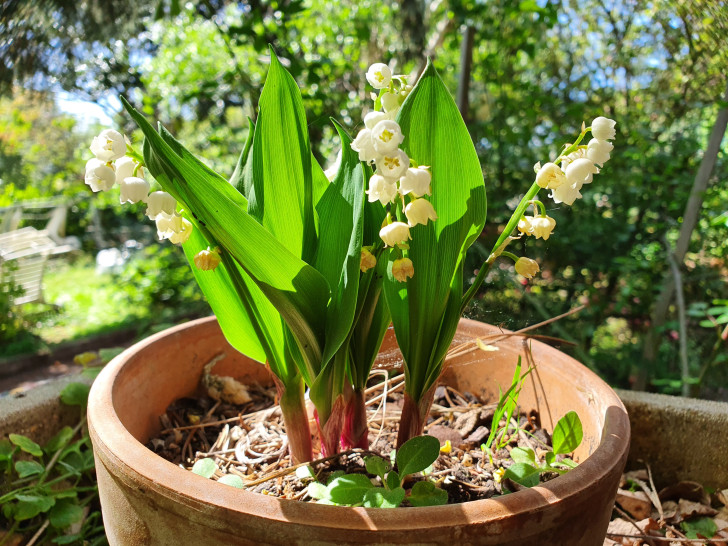
Creativo
Lilies of the Valley are rhizomatous plants, which have a "creeping" root system underground which helps them to spread out at multiply. However, if you want to transplant or propagate them, it's best to do this in the autumn.
Take a specimen and divide it up, leaving a sufficient amount of roots around each division and transplant/propagate to a spot you have chosen. More generally, it's a good idea to cover the soil around these plants with organic mulch in the winter - such as bark or chopped foliage - to protect them from the cold.
Alternatively, it is also possible to sow Lily of the Valley seeds, and this generally needs to be done either during the winter, (if you have a greenhouse), or at the end of winter (if you plan to plant them in open ground).
The symbolism of the Lily of the Valley
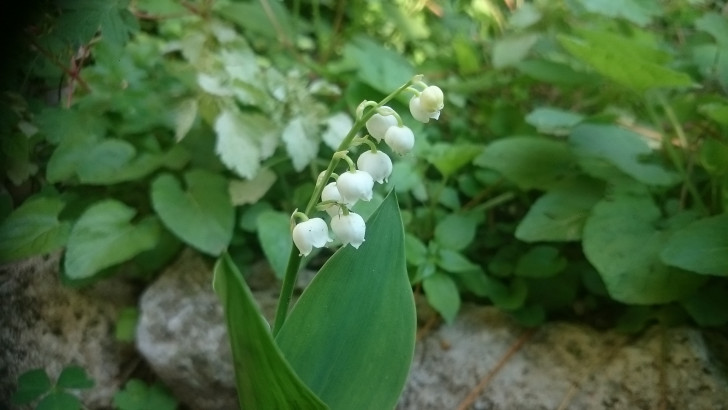
Creativo
The Lily of the Valley is a very popular plant in Europe and the Caucasus regions, and has been incorporated into the folklore of many countries. In 1967, it became the national flower of Finland and its common Finnish name, Kielo, has become a popular name for Finnish girls.
Lilies of the Valley are endemic to China and arrived in Europe around 1714, thanks to the then king of Sweden. England's Queen Victoria, was a great admirer of the plant and helped spread its popularity. In much of the folklore associated with this plant, Lilies of the Valley supposedly grew on the spot where Mary's tears fell as she wept over the crucifixion of Jesus.
Lilies of the Valley are also popular in wedding bouquets, where they symbolize the "return of happiness". As a cut flower, however, they have a very short life and do much better when grown in open ground (even better if they are in a spot where they can spread at will).
